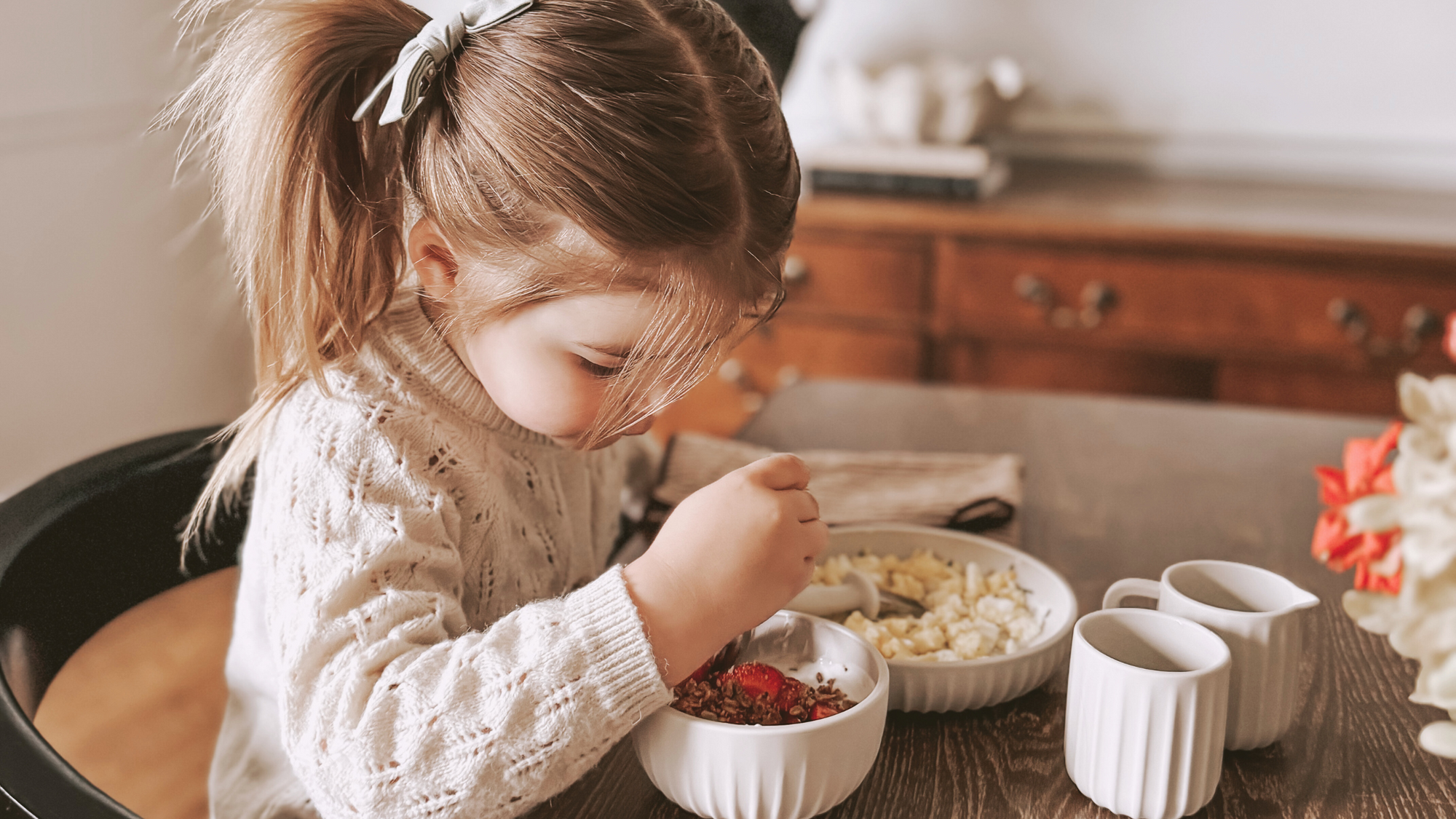

The Truth About Toxic Baby Dinnerware: What Every Parent Needs to Know
You carefully choose the best food for your baby—but what about the plate you serve it on?
Many baby plates, bowls, and cups contain hidden toxins that can leach into food, especially when heated, scratched, or worn. Even products labeled “BPA-free” or “kid-safe” may still contain harmful chemicals like BPS, phthalates, or even lead.
From plastic kids’ plates to melamine bowls and bamboo blends, some materials may do more harm than good. So, how do you know which ones are actually safe?
This guide breaks down the most common toxins in baby dinnerware—what they are, where they hide, and how to avoid them.
What Makes Baby Dinnerware Toxic?
Many dinnerware products contain hidden chemicals added for durability, flexibility, or stain resistance—but they come with serious health risks. Here are some common offenders:
✅ Plastic plates may contain BPA, BPS, or phthalates, which interfere with hormones.
✅ Painted ceramics and glazes can contain lead and cadmium, toxic heavy metals.
✅ Melamine dinnerware can release formaldehyde, especially when heated.
✅ Stain-resistant coatings on silicone or ceramic may contain PFAS (“forever chemicals”), linked to serious health issues.
These toxins are especially concerning for babies and toddlers, whose developing bodies are more sensitive to exposure.
Now, let’s break them down into four main toxin categories—and what they really mean for your child’s health.
1. Endocrine Disruptors: The Hormone Hijackers
What they do: Endocrine disruptors interfere with the body’s hormonal system, affecting growth, metabolism, brain development, and fertility.
Where they hide:
• BPA (Bisphenol A) – Found in plastics and polycarbonate (PC) dinnerware. Linked to early puberty, developmental delays, and behavioral issues.
• BPS (Bisphenol S) – A common “BPA-free” alternative, but just as harmful.
• Phthalates – Found in soft, flexible plastics and some coatings on baby dinnerware. Linked to reproductive and developmental issues.
How to avoid them:
Skip plastic plates, cups, and utensils—especially those without clear labeling. Even “BPA-free” plastics can contain equally harmful substitutes like BPS.
2. Carcinogens: The Cancer-Causers
What they do: Carcinogens are chemicals that can increase the risk of cancer over time. Babies are especially vulnerable since small exposures add up over years.
Where they hide:
• Lead – Found in painted ceramics, glazed dishes, and decorative kids’ dinnerware. Even low exposure can cause neurological damage and lower IQ.
• Cadmium – Another heavy metal in brightly colored glazes, linked to kidney disease and cancer.
• PFAS (“Forever Chemicals”) – Used in stain-resistant coatings on silicone, ceramics, and some plastic dinnerware. Linked to cancer, hormone disruption, and immune issues.
How to avoid them:
• Skip painted or glazed ceramics—unless they’re clearly labeled lead-free and CA65 compliant.
• Avoid anything labeled “stain-proof” (which is different from "naturally stain resistant") or “non-stick”, especially in silicone dinnerware.
3. Heavy Metals: The Toxic Build-Ups
What they do: Heavy metals accumulate in the body over time, leading to brain development issues, organ damage, and learning disabilities.
Where they hide:
• Lead – Often found in older ceramic dinnerware, cheap painted plates, and some imported products.
• Cadmium – Used in red, orange, and yellow glazes on some dishes.
• Mercury & Arsenic – Traces have been found in some recycled plastics used in baby products.
How to avoid them:
• Choose natural, unpainted dinnerware options.
• Stick to high-quality, food-grade silicone, stainless steel, or tempered glass.
4. Neurotoxins: The Brain Disruptors
What they do: Neurotoxins harm brain function, affecting memory, learning, and behavior—especially in developing children.
Where they hide:
• Lead – Again, often found in painted ceramics and older dinnerware.
• Phthalates – Also an endocrine disruptor, but linked to attention disorders and cognitive delays.
• Formaldehyde – Released from melamine plates and bamboo-blend dinnerware when heated.
How to avoid them:
• Avoid melamine, bamboo composites, and plastic dinnerware that isn’t explicitly labeled non-toxic.
• Opt for platinum silicone, stainless steel, or tempered glass for a truly safe choice.
Why Babies Are More Vulnerable to Toxins
👶 Smaller body size = greater impact – Even tiny exposures can have big effects.
🧠 Rapid brain & hormone development – Their bodies absorb chemicals more easily.
🍽️ Frequent, repeated use – Babies and toddlers use the same plates daily, increasing exposure risk.
The effects of these toxins can range from minor symptoms (like rashes or fussiness) to long-term health concerns like hormonal imbalances, developmental delays, and chronic illnesses.
What’s the Safest Baby Dinnerware?
The good news? Safe alternatives exist. Look for non-toxic, durable materials that can handle daily use without leaching harmful chemicals.
🚫 What to Avoid:
❌ Unlabeled plastics (especially polycarbonate/PC).
❌ Painted ceramics & bright glazes.
❌ Melamine & bamboo composites.
❌ Non-stick or stain-resistant coatings.
✅ Safe Alternatives:
✔ Platinum Silicone – BPA-free, phthalate-free, and naturally stain-resistant.
✔ Stainless Steel – Durable, non-reactive, and completely toxin-free.
✔ Tempered Glass – Non-toxic, but better suited for older kids.
That’s why at LittleKind, we use 100% platinum silicone—completely free from BPA, PVC, phthalates, and other harmful chemicals. Our products are thrid-party safety tested and guaranteed to be 100% non-toxic (even when heated in the microwave and dishwasher) and CA65 compliant.
Make the Switch to Safer Mealtimes
Your child’s health is worth every small change. By choosing non-toxic baby dinnerware, you eliminate unnecessary exposure to harmful chemicals and create a safer mealtime environment.
💛 Ready to upgrade? Shop our collection of platinum silicone dinnerware—safe, stylish, and made for little hands learning to self-feed.

